The seal row is a powerful yet often overlooked exercise that isolates the upper back muscles, providing a focused and effective workout for the lats, traps, and rear deltoids. Unlike traditional barbell rows, seal rows eliminate lower back involvement and the use of momentum, making them a safer and more targeted exercise. This guide will delve into how to perform seal rows correctly, the benefits they offer, and some variations to keep your training fresh and challenging.
How to Perform Seal Rows Properly
-
Setup: Begin by setting up a flat bench that’s high enough off the ground to allow your arms to hang freely when lying face down. If your gym doesn’t have a dedicated seal row bench, you can improvise by placing a flat bench on top of sturdy boxes or stacking weight plates underneath the legs. Ensure the setup is stable and secure.
-
Starting Position: Lie face down on the bench with your chest supported and arms hanging down towards the floor. Grip the barbell or dumbbells with an overhand grip, keeping your hands slightly wider than shoulder-width apart. Your feet should be planted firmly for additional stability, and your body should remain in a straight line.
-
Rowing Motion: Take a deep breath in, then pull the barbell towards your chest, retracting your shoulder blades and squeezing your upper back muscles as you lift. Focus on driving your elbows upwards while keeping them close to your body. The goal is to bring the barbell up until it nearly touches the underside of the bench.
-
Lowering the Weight: Exhale as you slowly lower the barbell back to the starting position, maintaining control throughout the movement. Ensure you maintain tension in the muscles to maximize the effectiveness of the exercise.
-
Repetitions and Sets: Aim for 3-5 sets of 8-15 repetitions, depending on your specific goals (hypertrophy, strength, or endurance). Start with a moderate weight that allows you to maintain perfect form throughout the exercise.
Benefits of Seal Rows
Seal rows are particularly effective for building upper back strength without placing undue stress on the lower back. This makes them an excellent alternative for lifters who experience discomfort during traditional bent-over rows. The isolation of the upper back muscles allows for a more focused contraction, which can lead to greater muscle hypertrophy and strength gains.
Additionally, seal rows are beneficial for improving posture by strengthening the muscles that counteract the forward rounding of the shoulders, a common issue for people who spend long hours sitting. The exercise also enhances the balance between pushing and pulling movements in your routine, which is crucial for shoulder health and overall upper body strength.
For athletes and powerlifters, seal rows can help reduce lower back fatigue, allowing for more intense and frequent training of heavy compound lifts like deadlifts and squats. The strict form required for seal rows also promotes better muscle activation and reduces the risk of cheating through the use of momentum.
Common Mistakes to Avoid
To get the most out of seal rows, it’s important to avoid these common mistakes:
-
Unstable Setup: Make sure your bench is securely elevated and parallel to the floor. An unstable bench can lead to injury and reduce the effectiveness of the exercise.
-
Improper Elbow Position: Keep your elbows close to your body to fully engage the upper back muscles. Flaring them out can shift the focus to the shoulders and reduce the tension on the target muscles.
-
Using Momentum: Perform the exercise with a controlled motion, focusing on the contraction of the muscles rather than just moving the weight. Using momentum to lift the weight diminishes the effectiveness of the exercise.
-
Lifting Too Heavy: It’s better to use a weight that allows you to perform the exercise with proper form and a full range of motion rather than lifting heavier weights with compromised form.
Variations of Seal Rows
To keep your workouts diverse and target your muscles from different angles, consider incorporating these variations of seal rows:
-
Dumbbell Seal Rows: This variation allows for a greater range of motion and can help identify and correct muscle imbalances. The independent movement of each arm also engages stabilizer muscles more intensely.
-
Pendlay Rows: Similar to seal rows, Pendlay rows are performed from the floor with a barbell and emphasize explosive power and strength in the upper back.
-
Meadows Rows: A unilateral variation developed by bodybuilder John Meadows, this exercise focuses on the upper back and traps while providing a different angle of resistance.
-
Seal Row with Neutral Grip: Using a neutral grip (palms facing each other) can reduce strain on the shoulders and increase engagement of the triceps, offering a slightly different muscle activation.
Conclusion
Seal rows are a valuable addition to any strength training routine, especially for those looking to build a stronger, more defined upper back without the risk of lower back strain. By focusing on proper form and incorporating variations, you can maximize the benefits of this exercise and enhance your overall upper body strength and posture. Whether you’re a powerlifter looking to balance your training or someone aiming for better back development, seal rows are a must-try.
Make sure to integrate seal rows into your workout routine regularly and gradually increase the weight as your form and strength improve. With consistency and attention to detail, seal rows can significantly contribute to your back’s muscularity and strength.


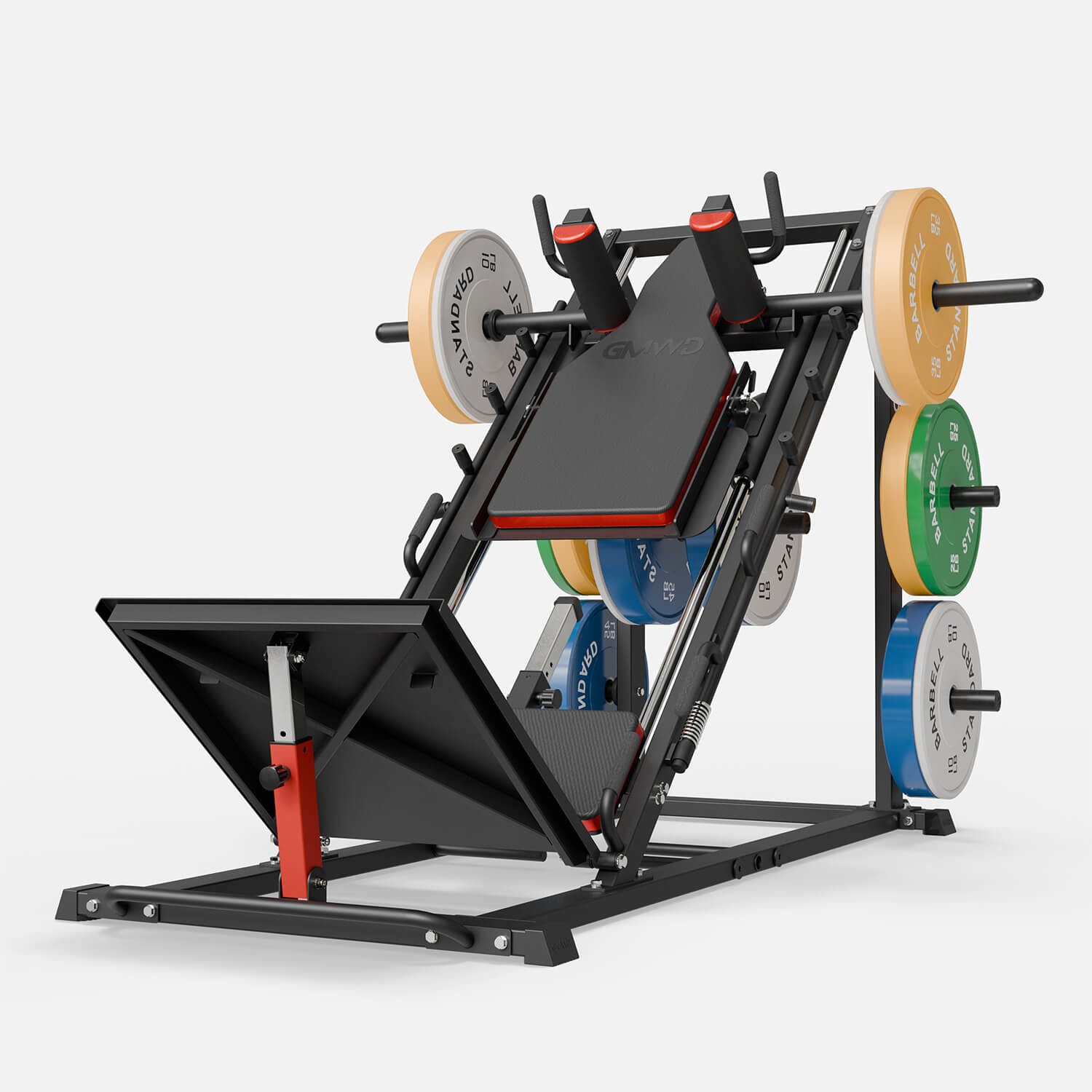
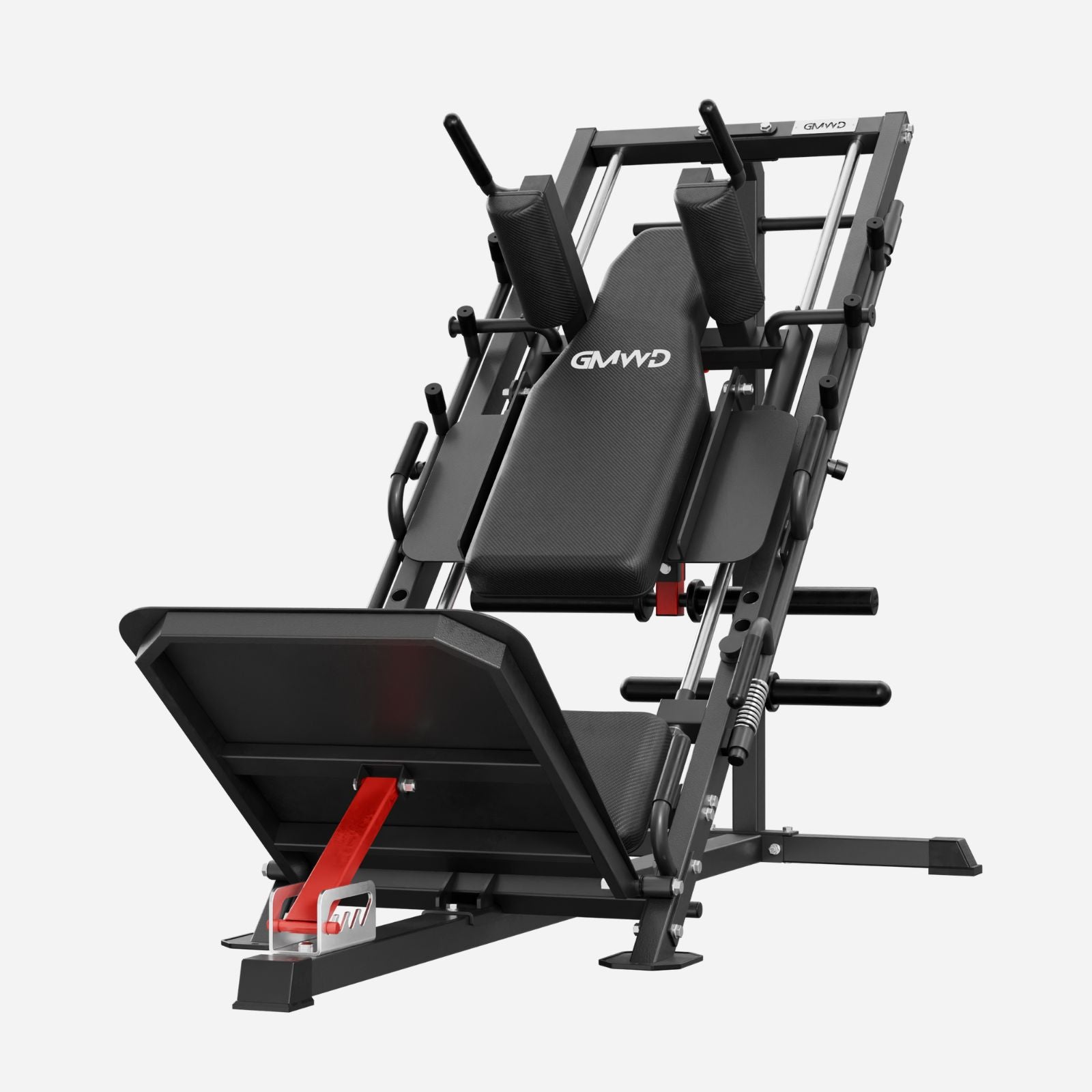

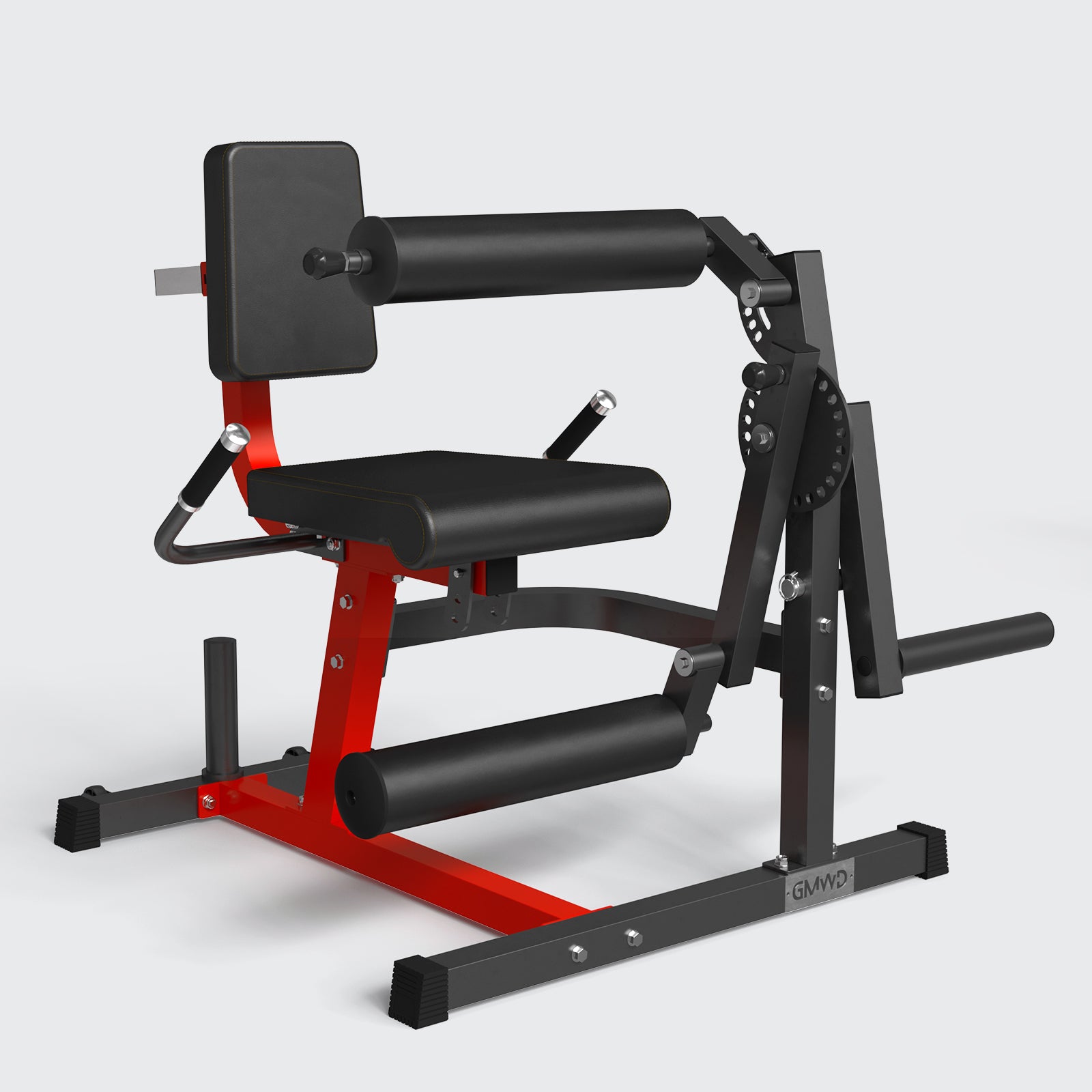
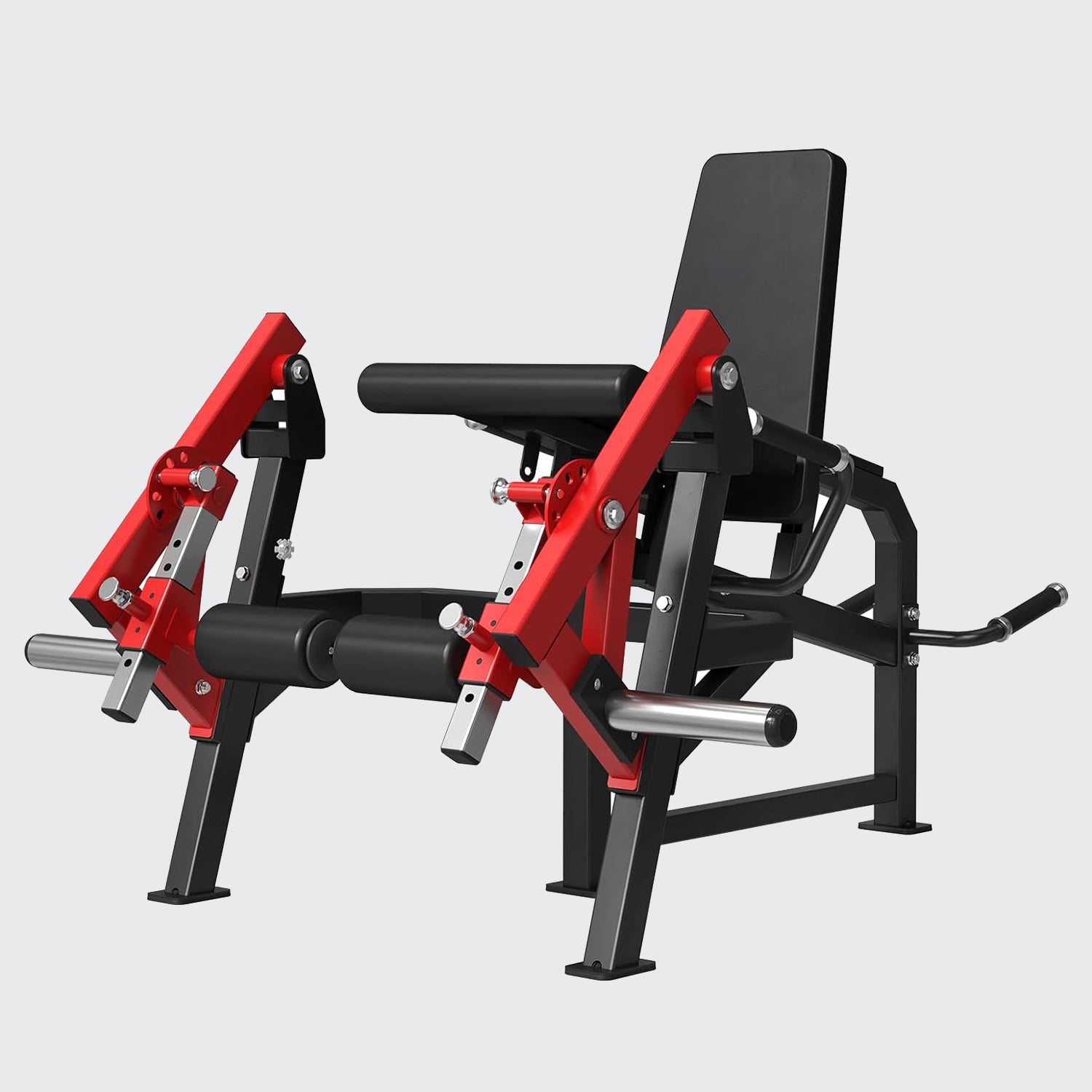
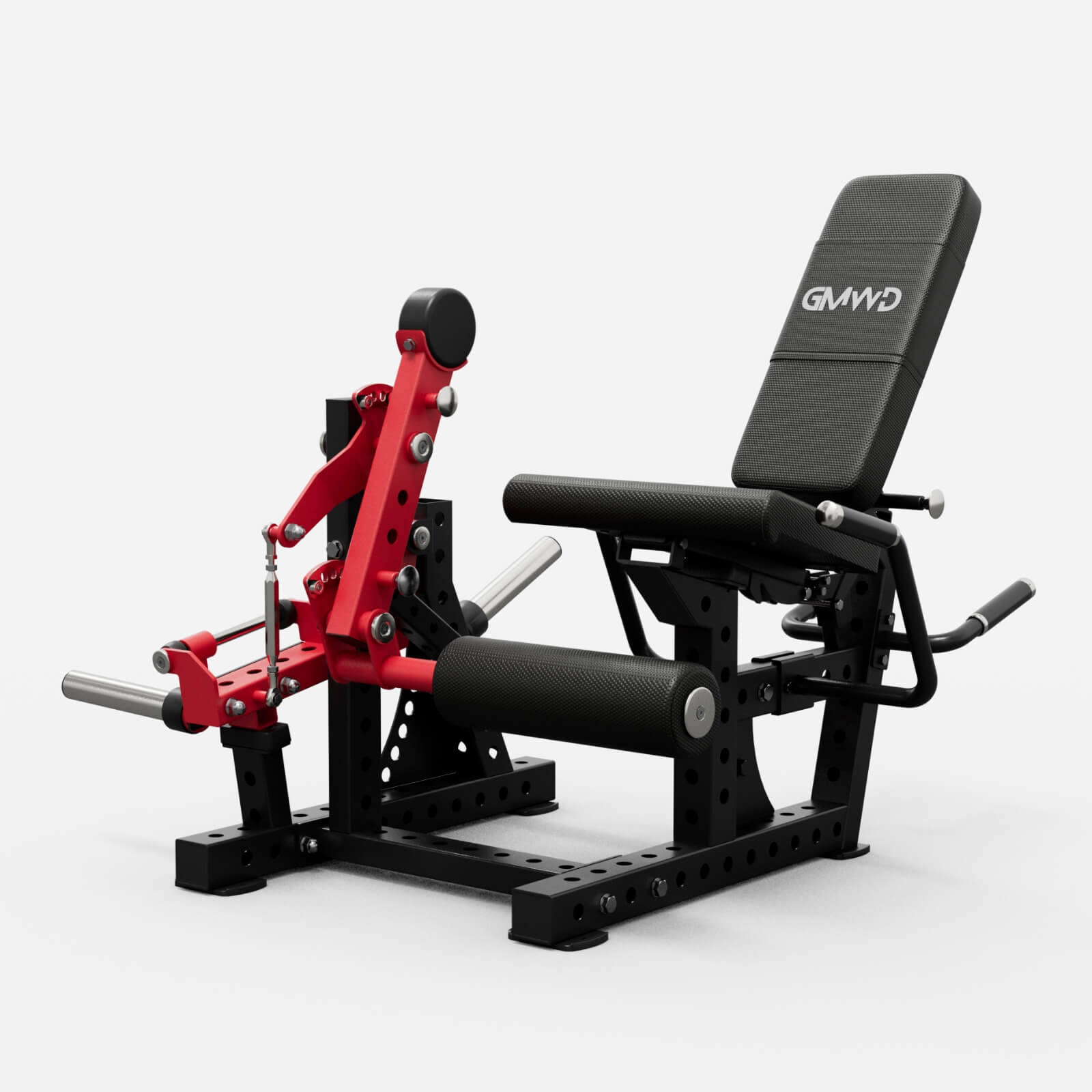
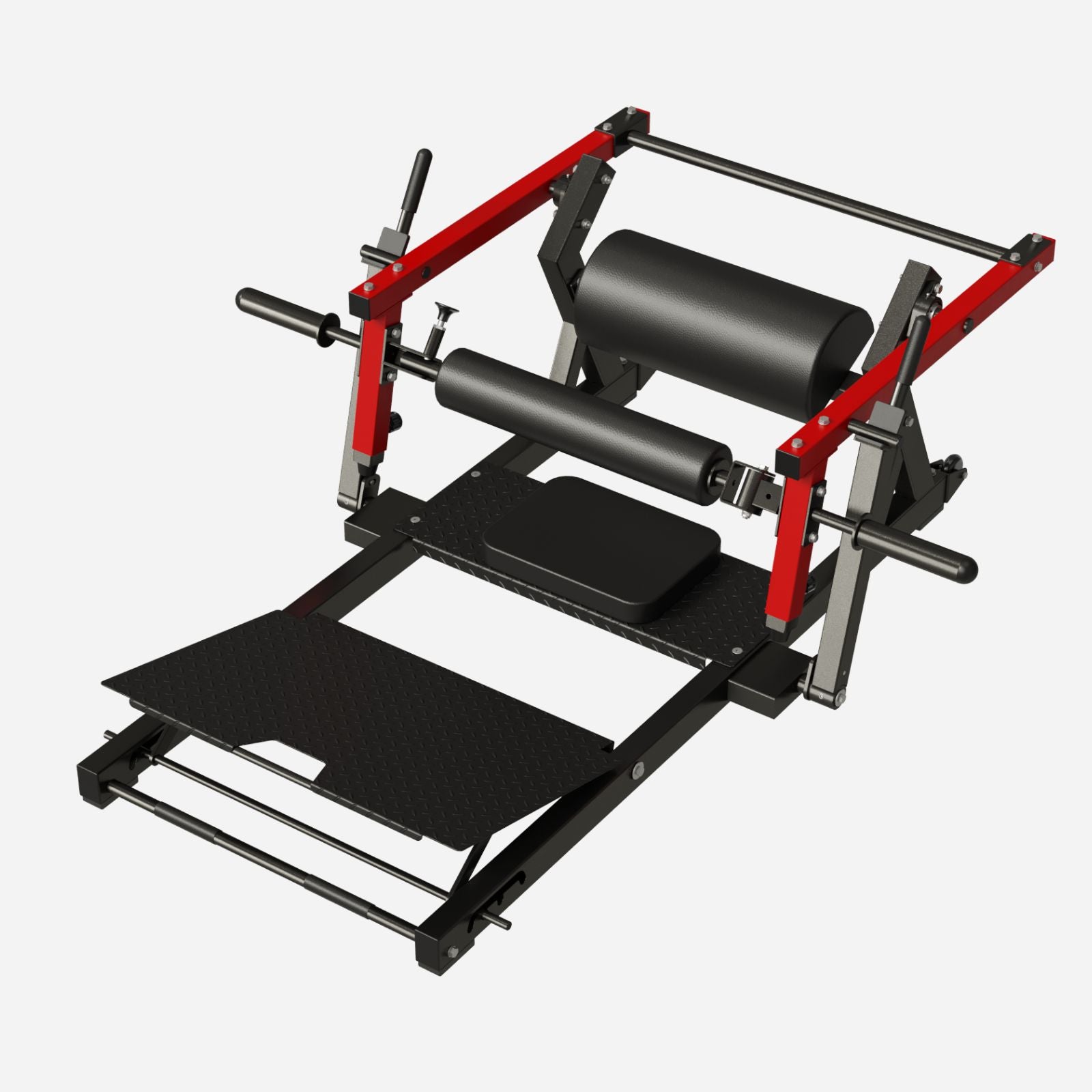

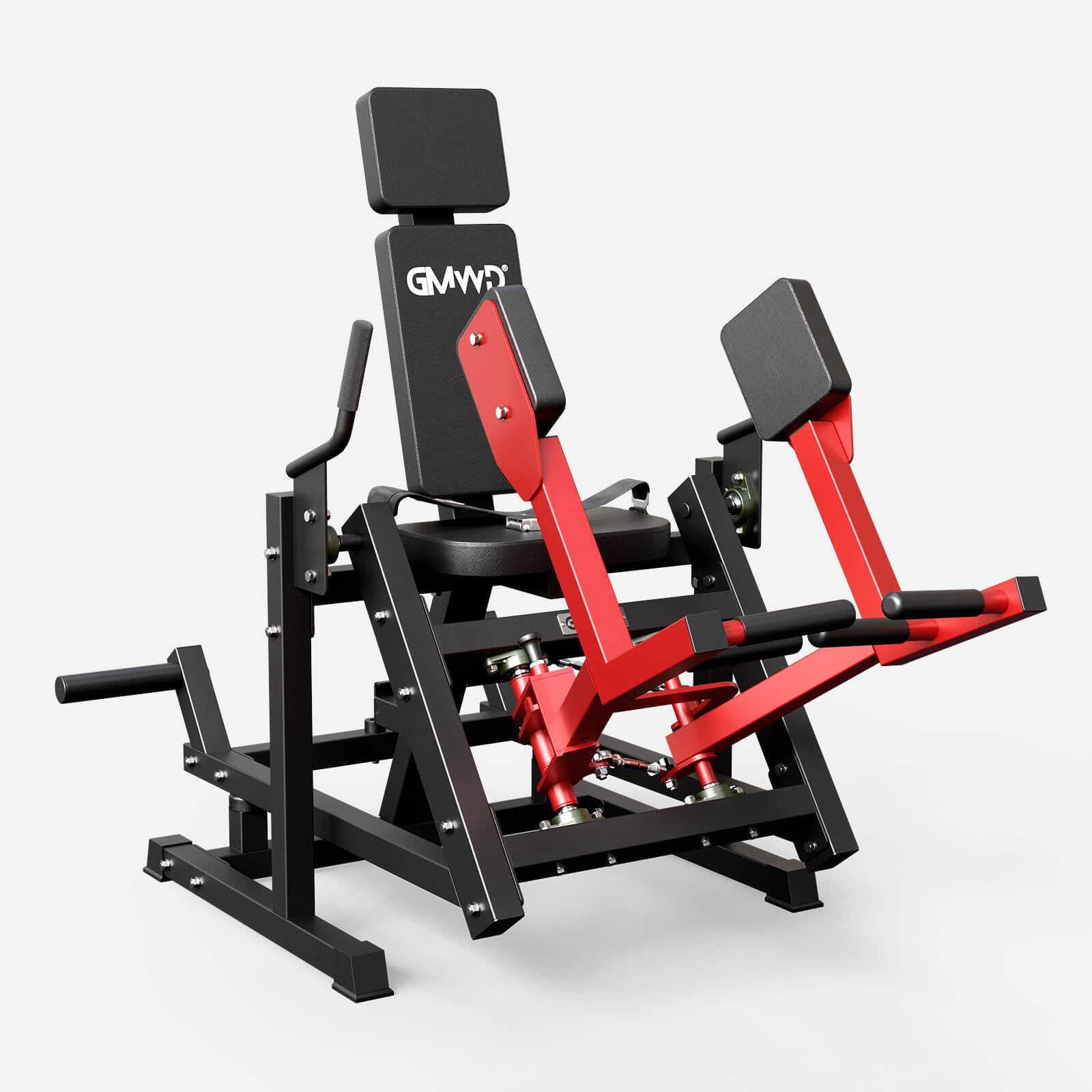
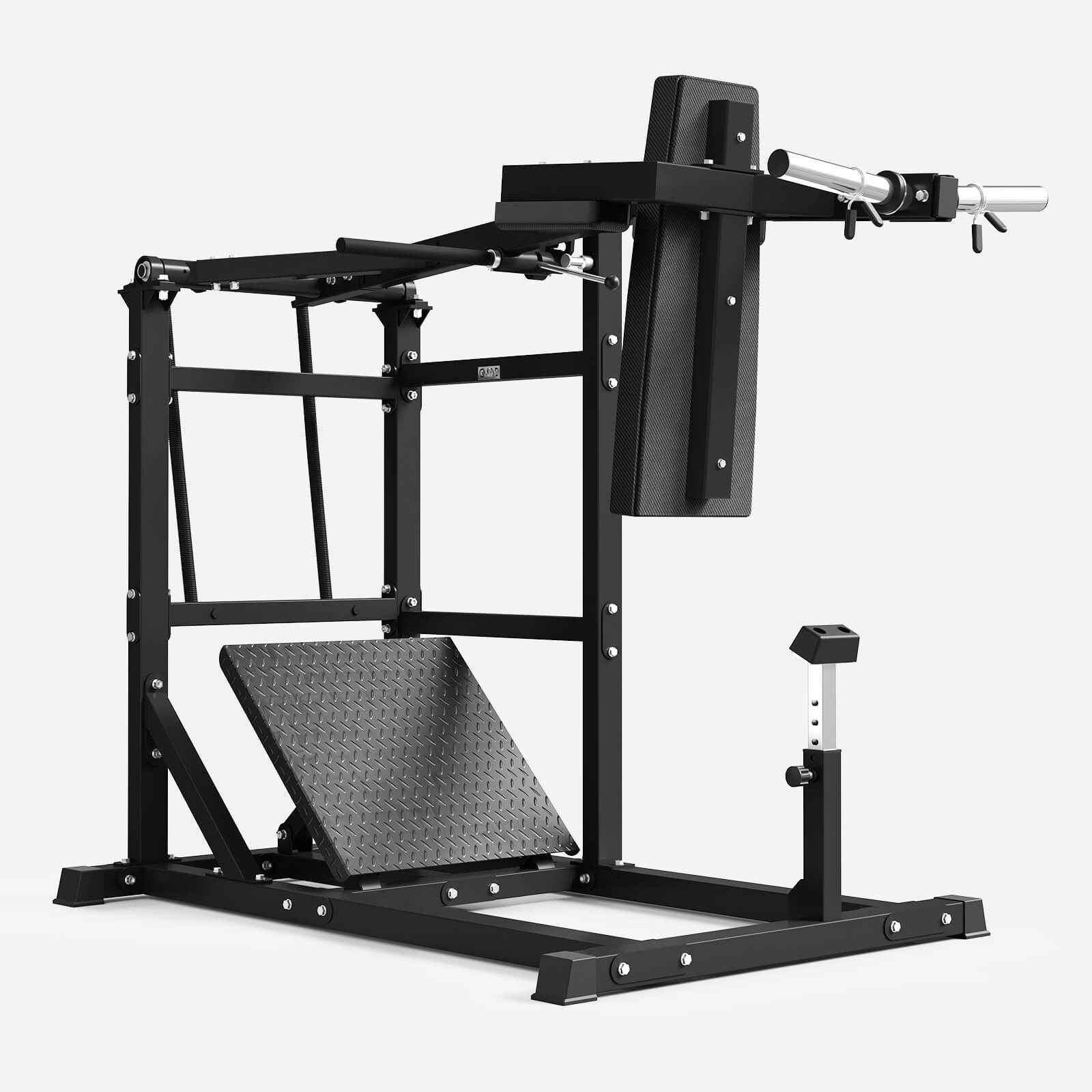
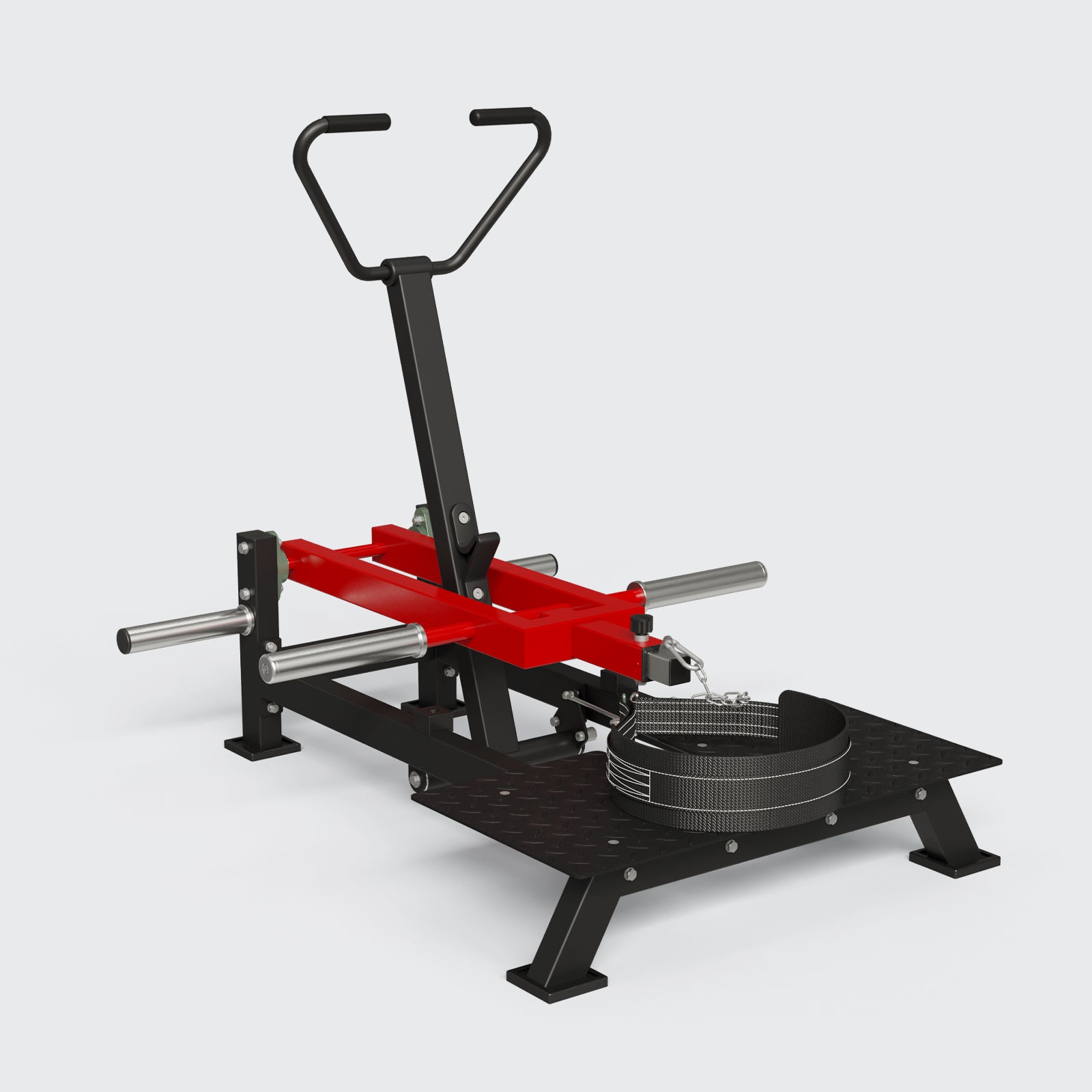
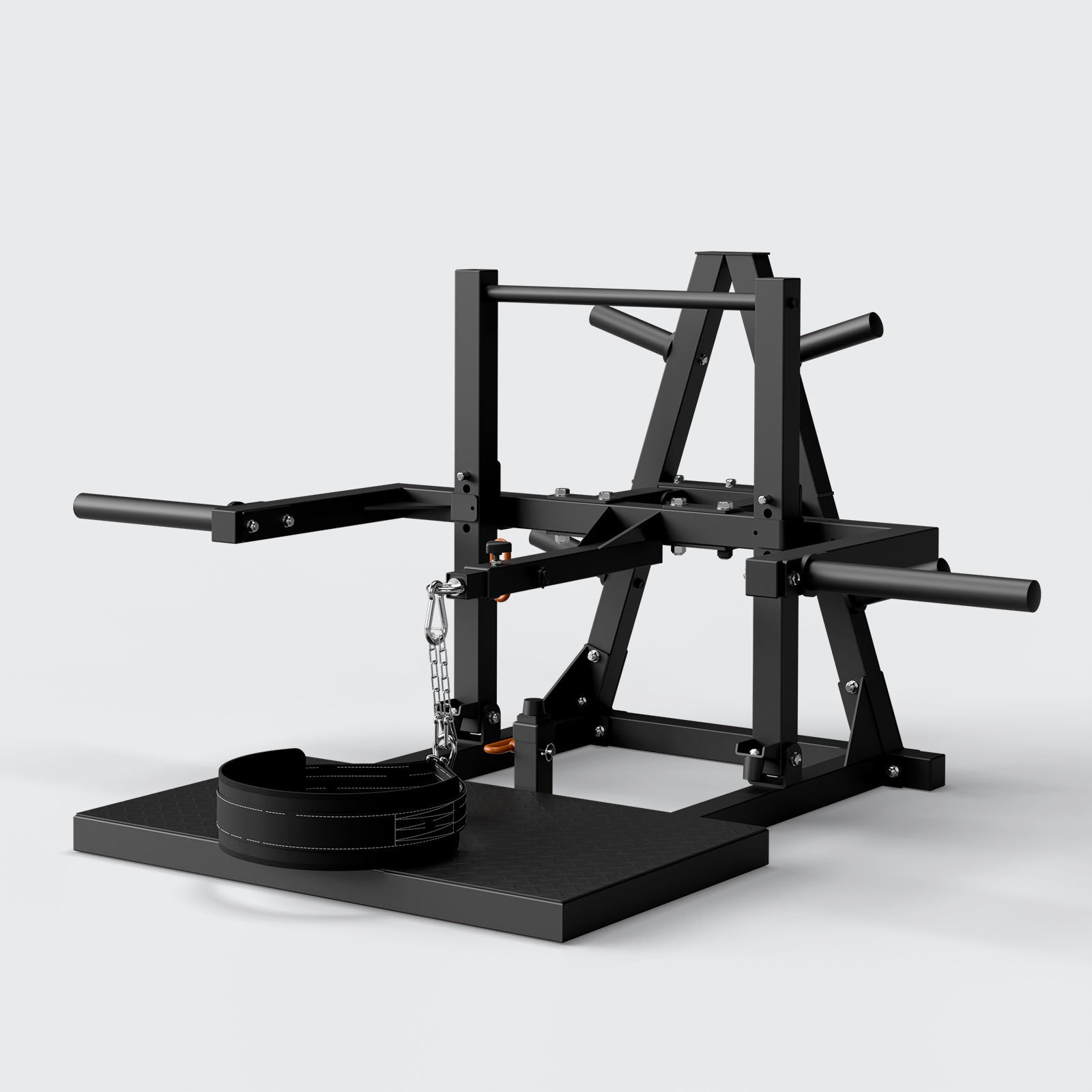

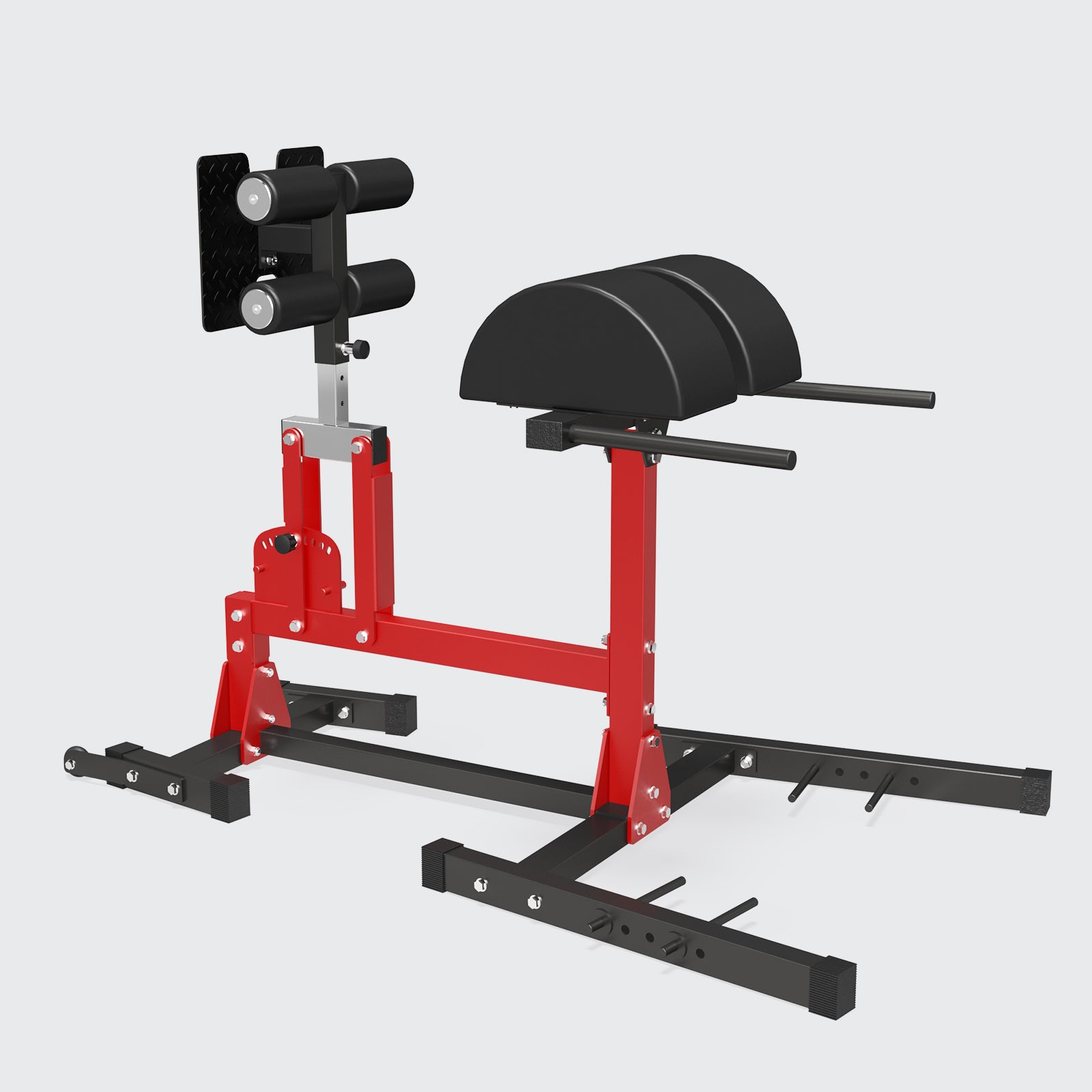
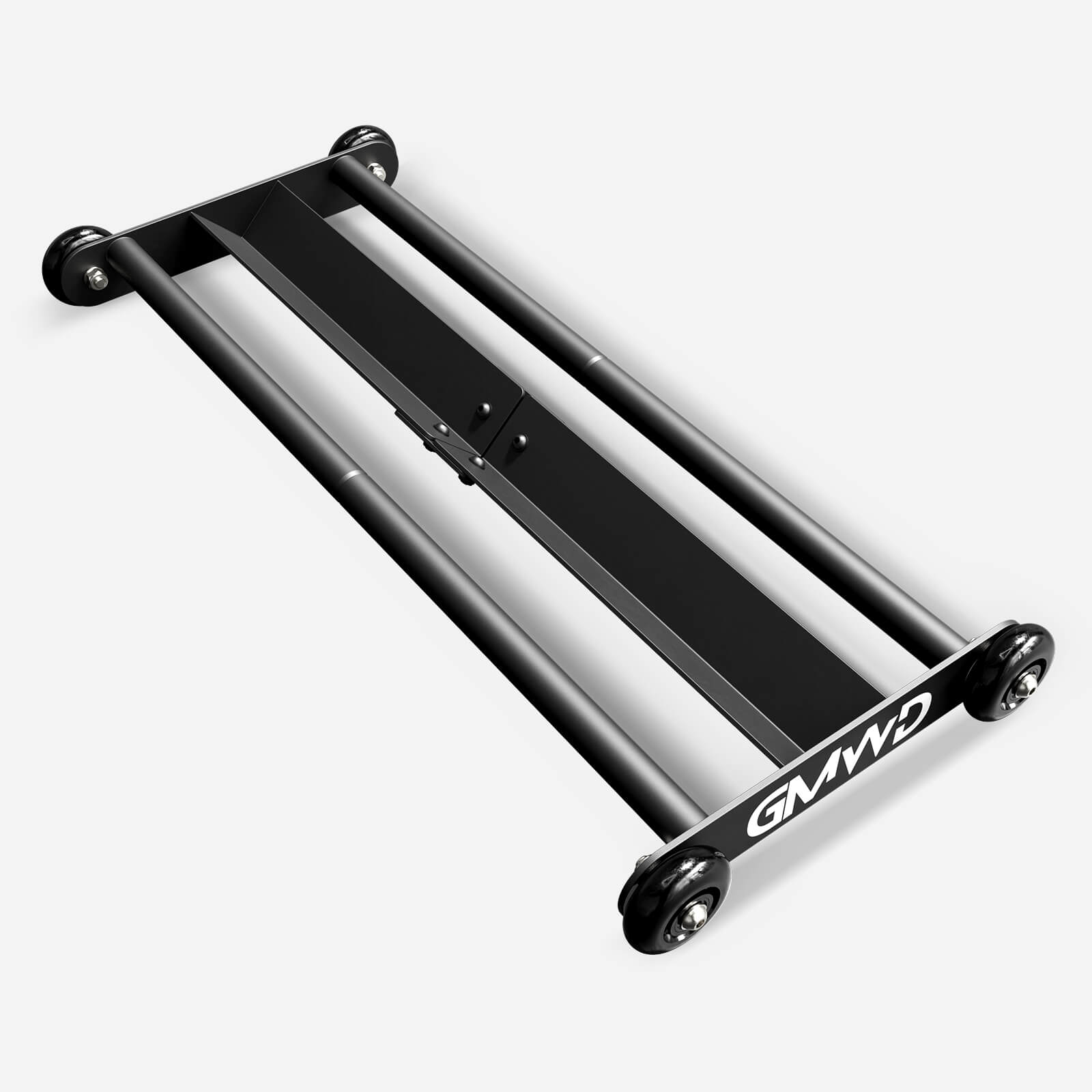
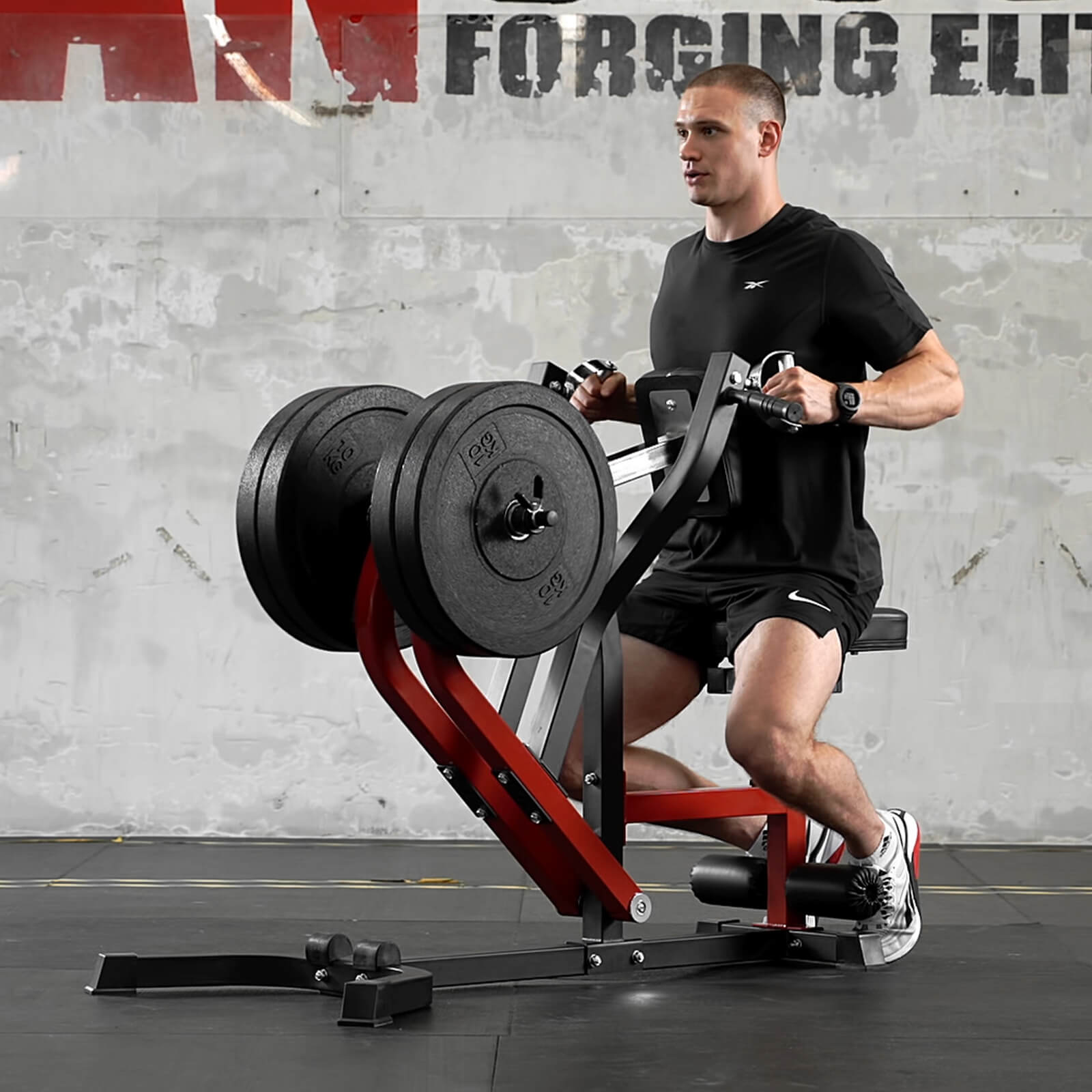
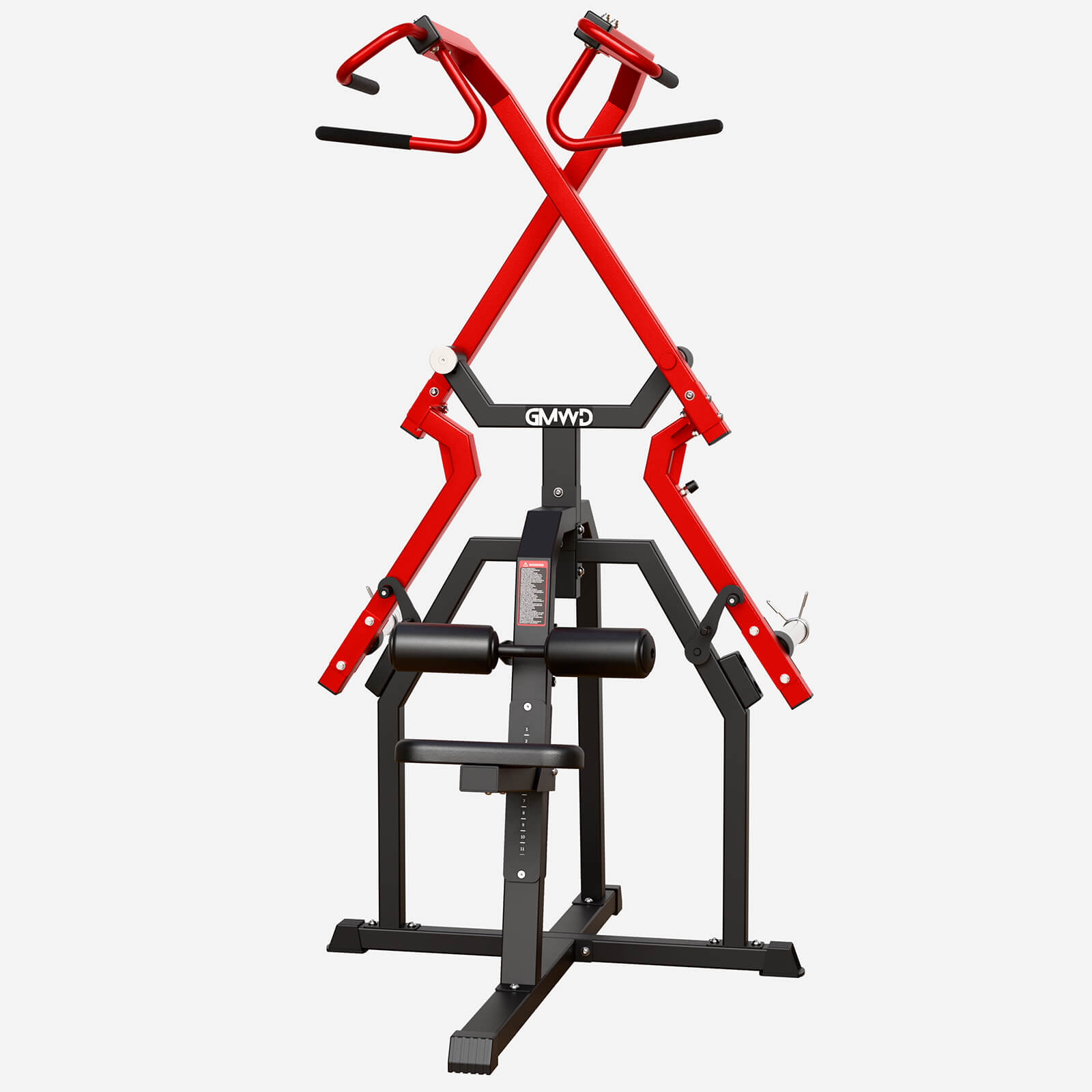
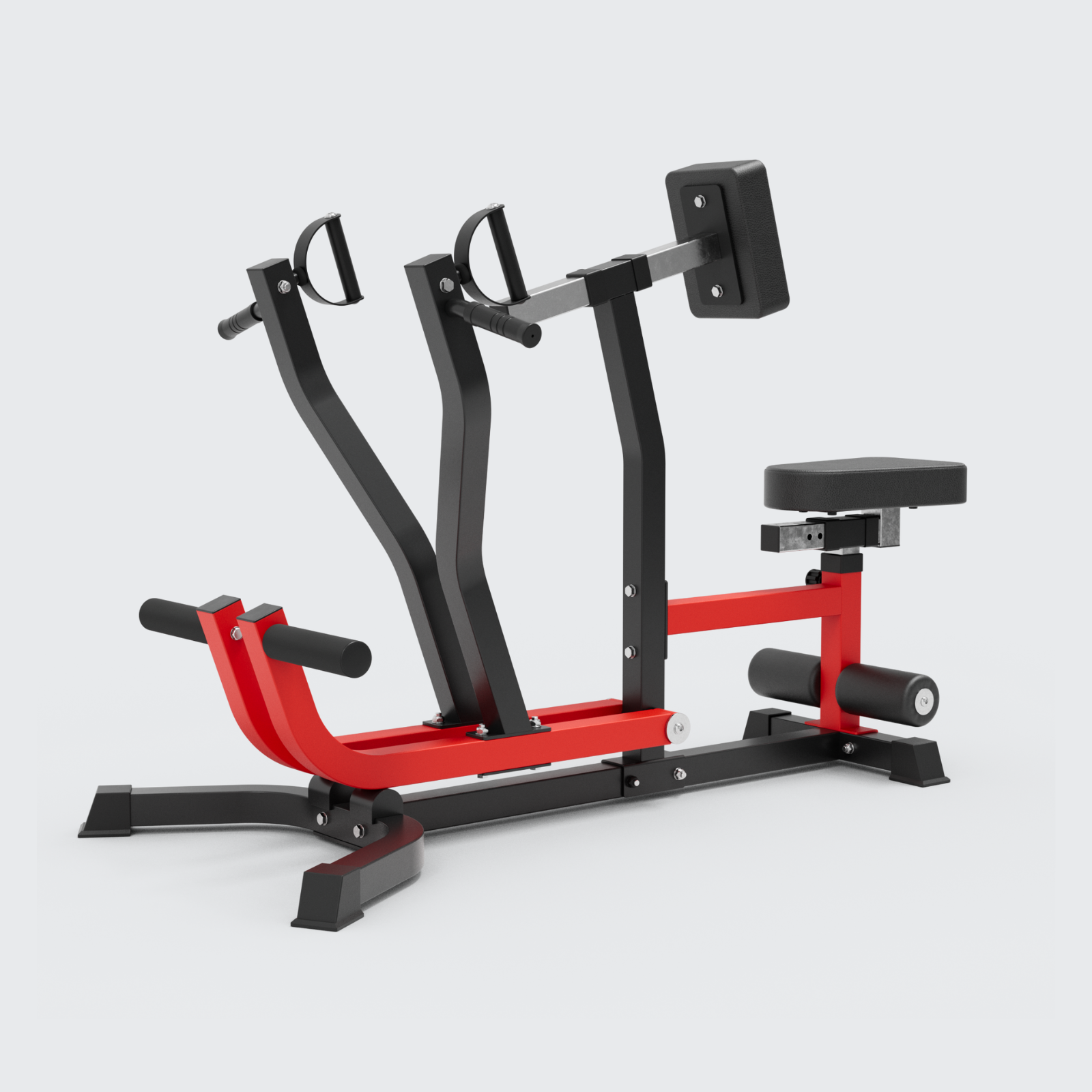
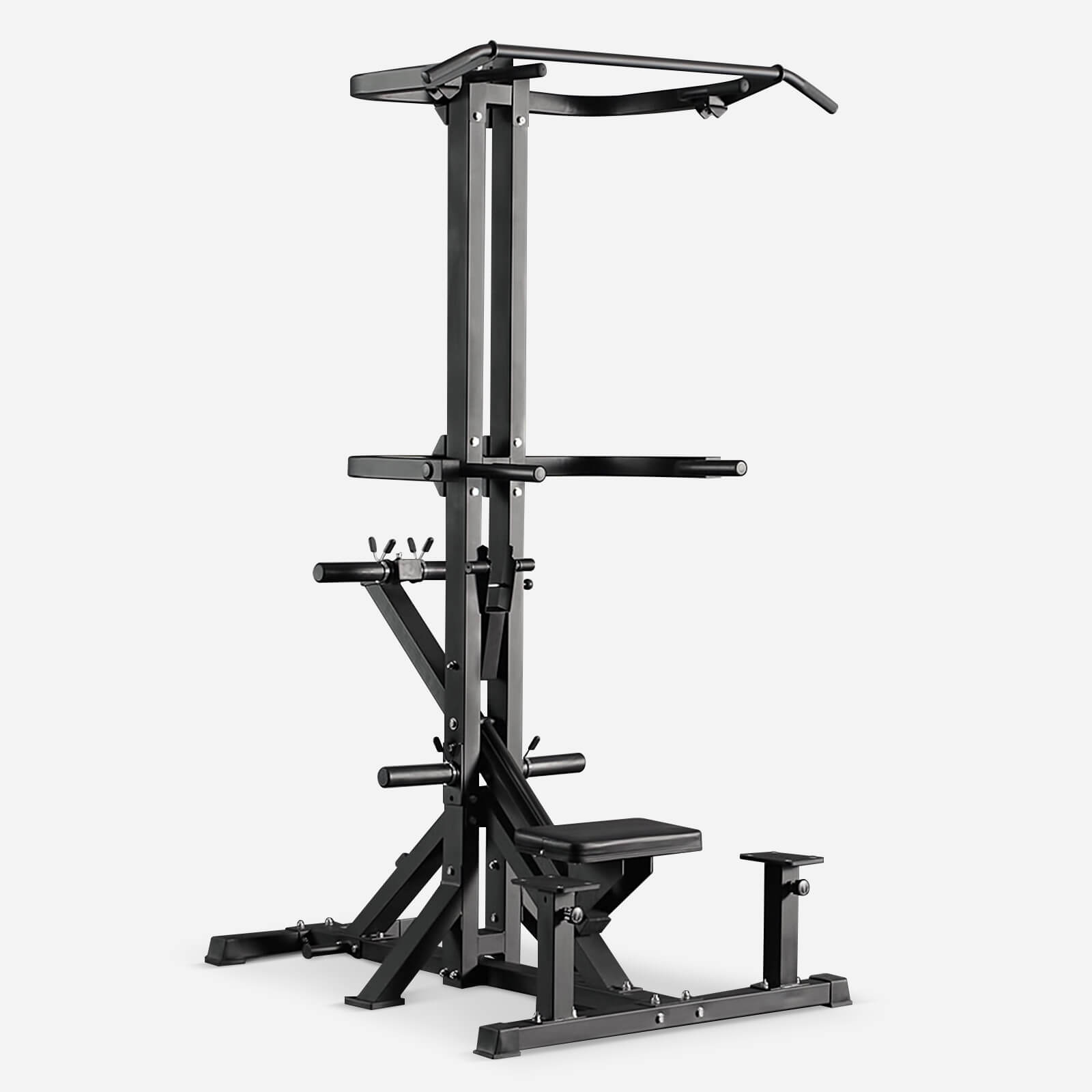

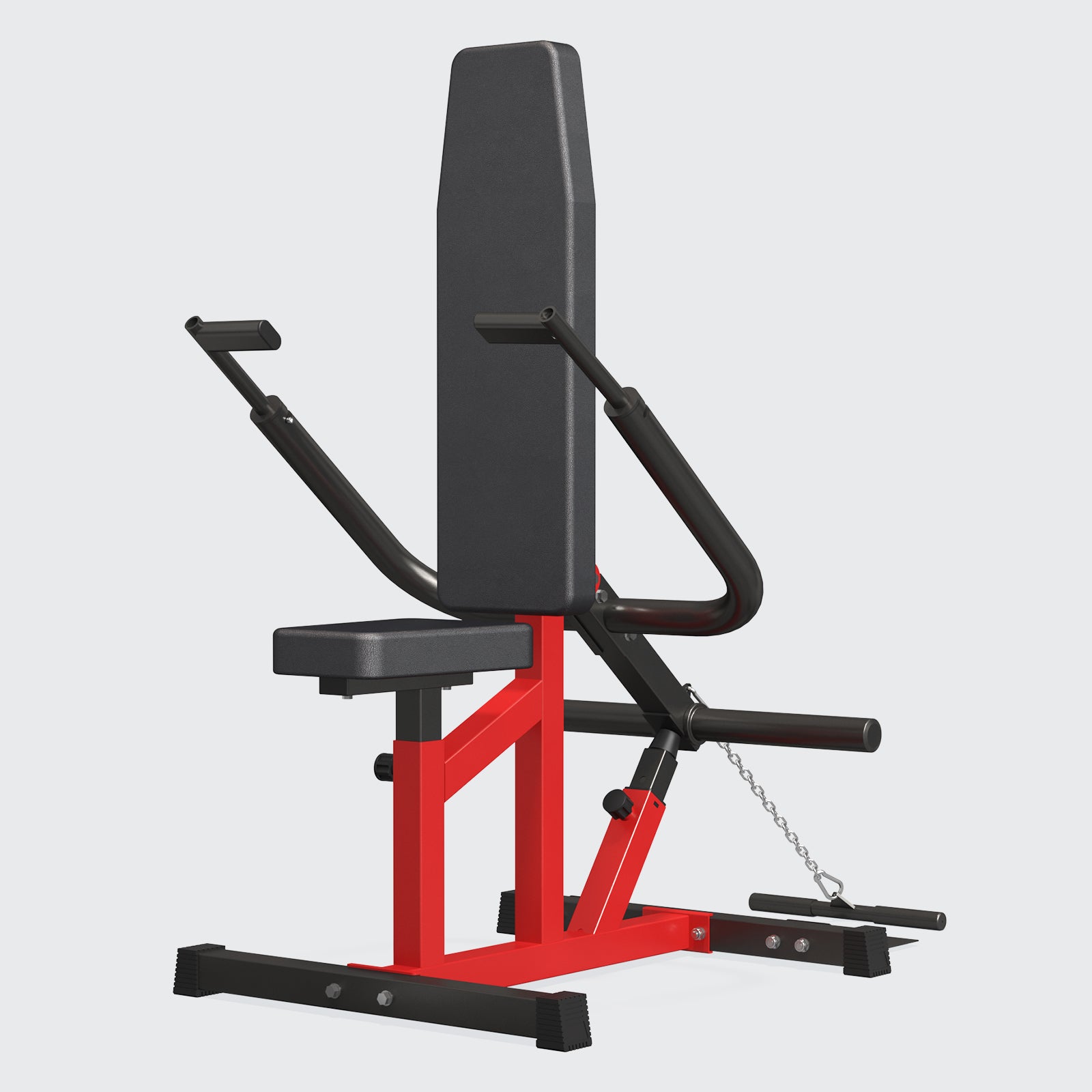
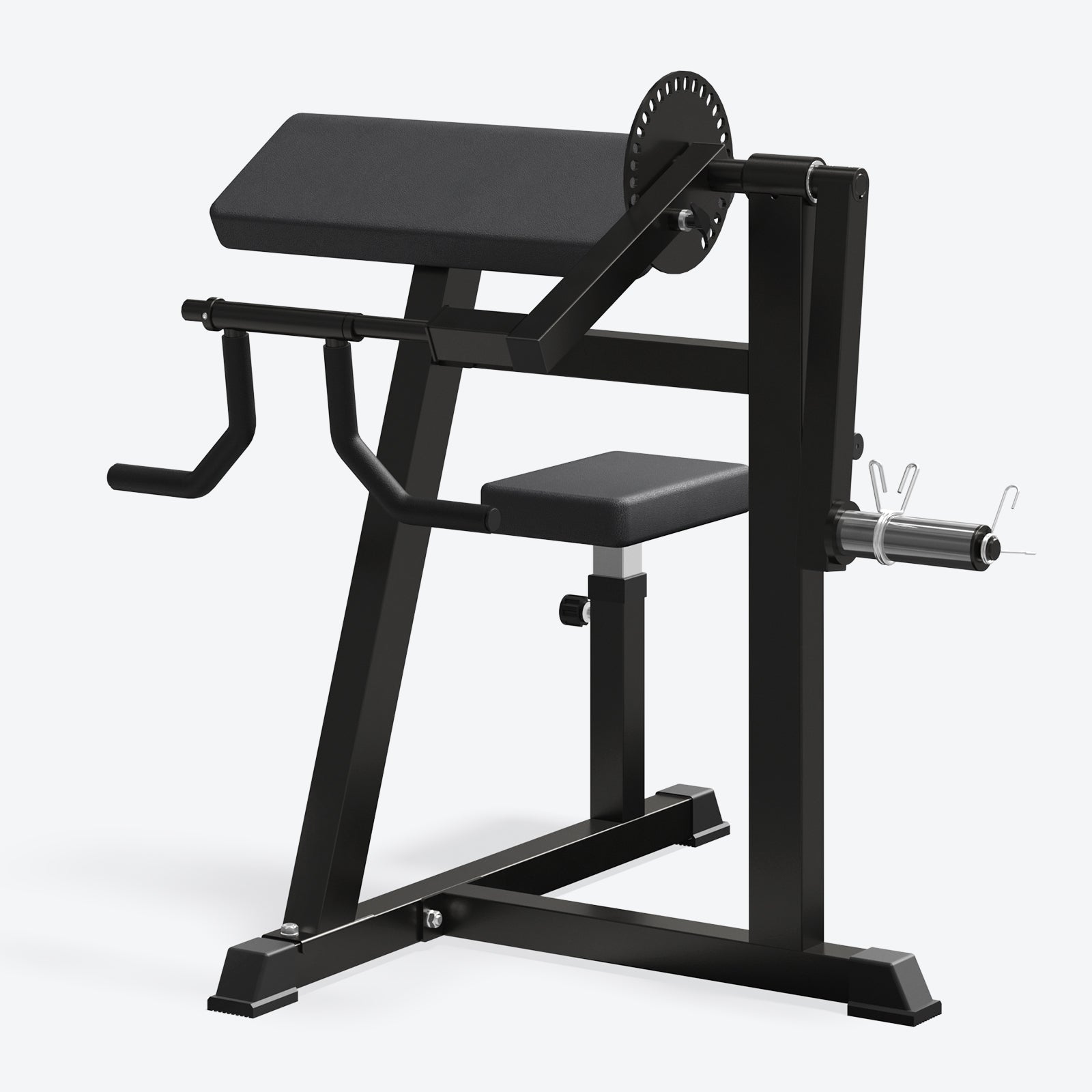
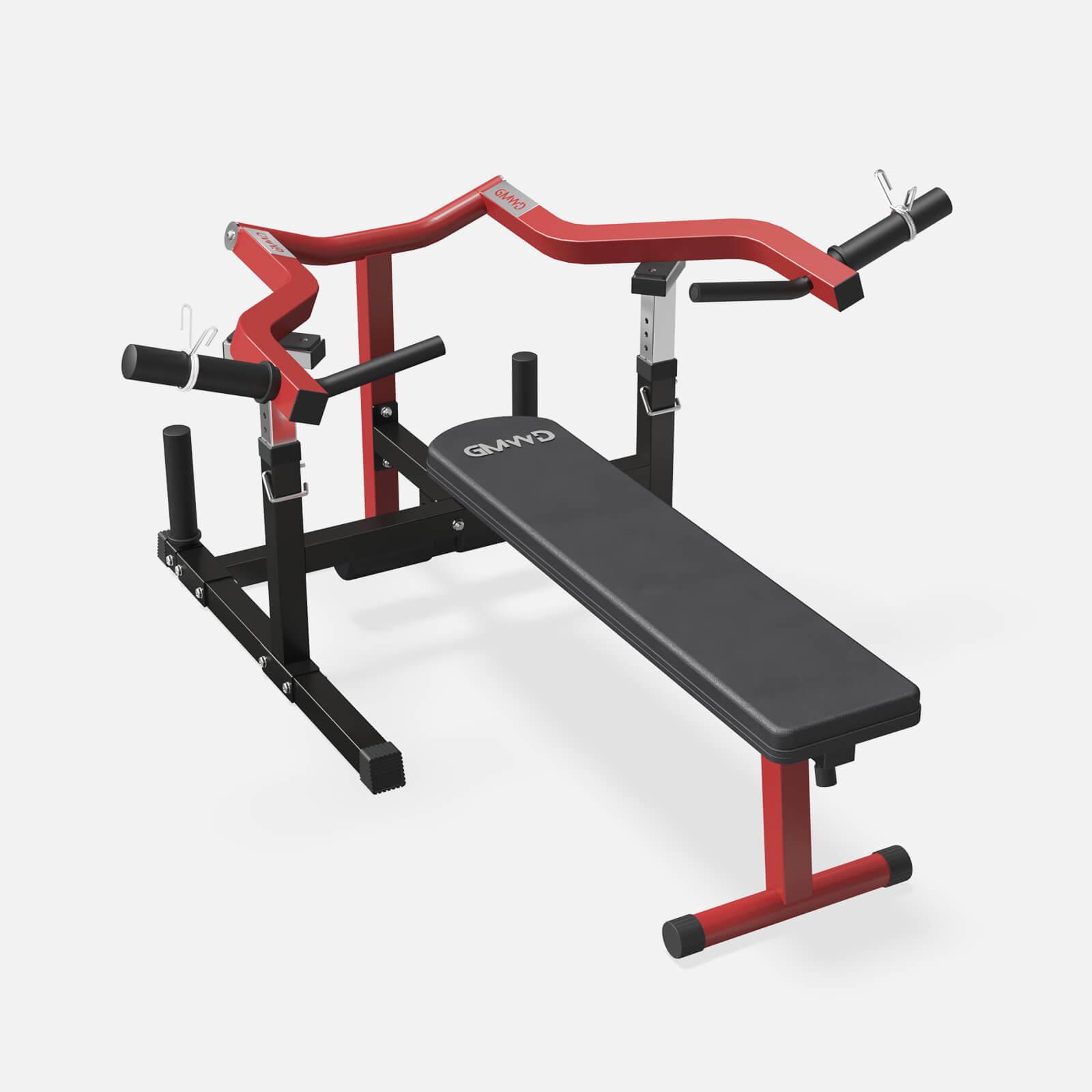
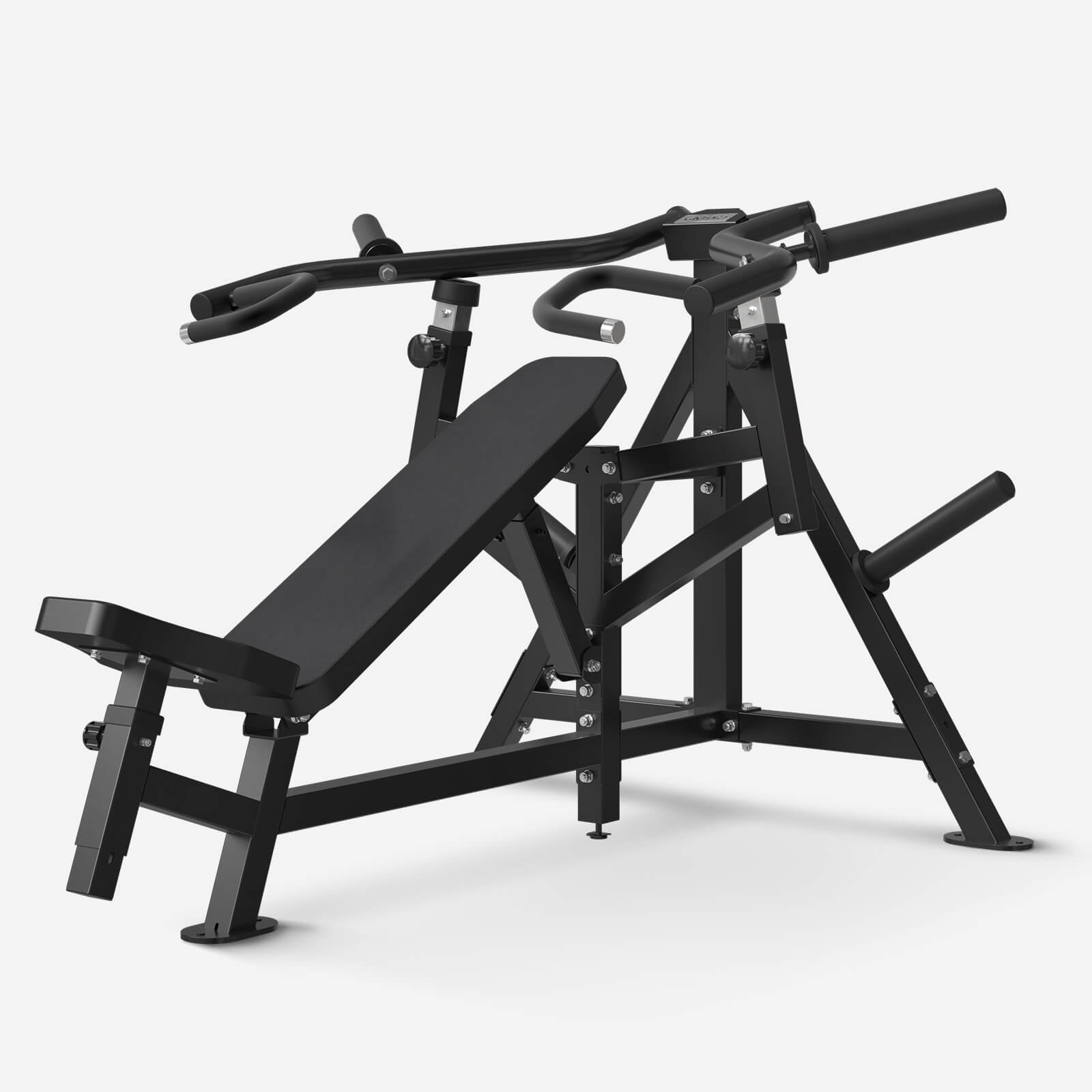
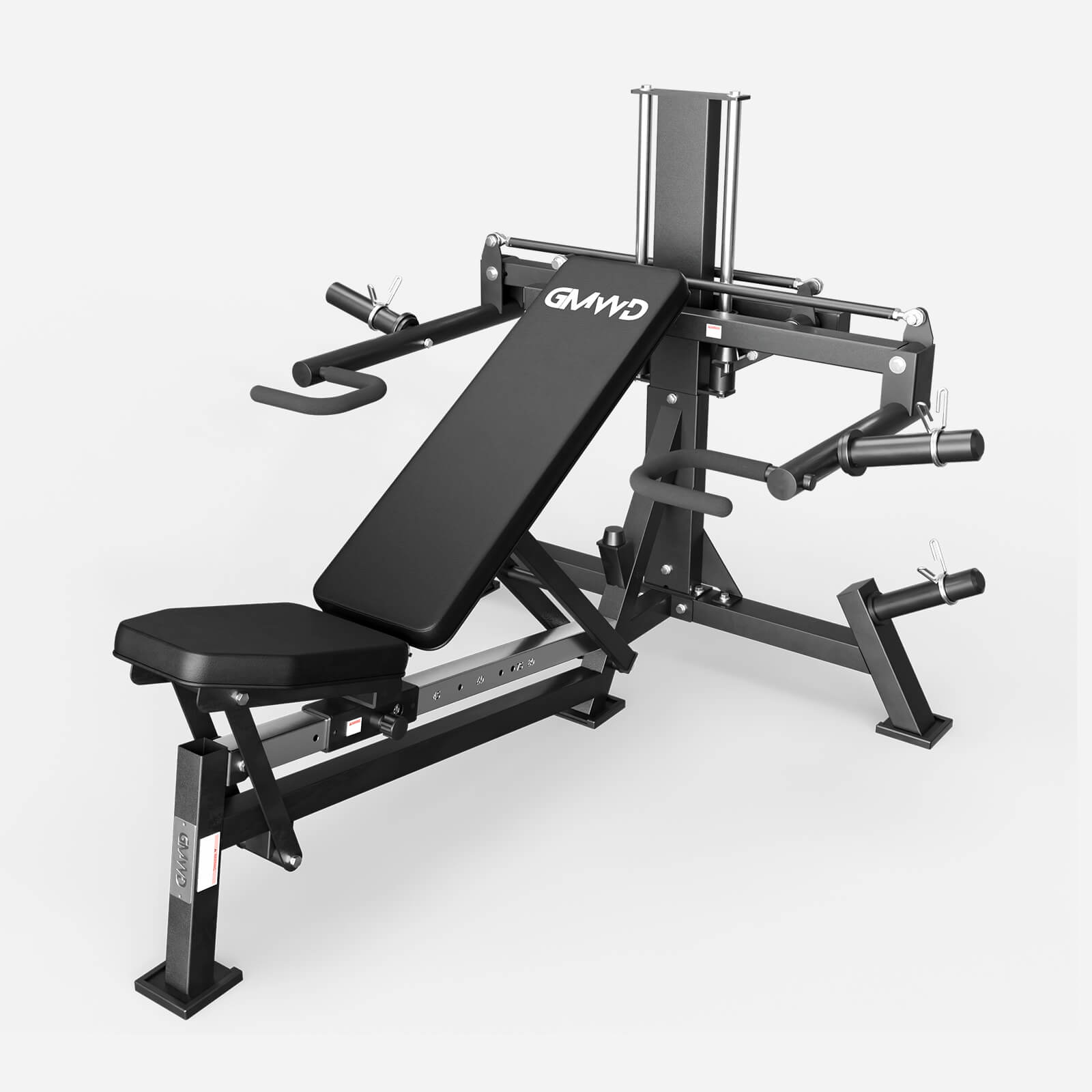
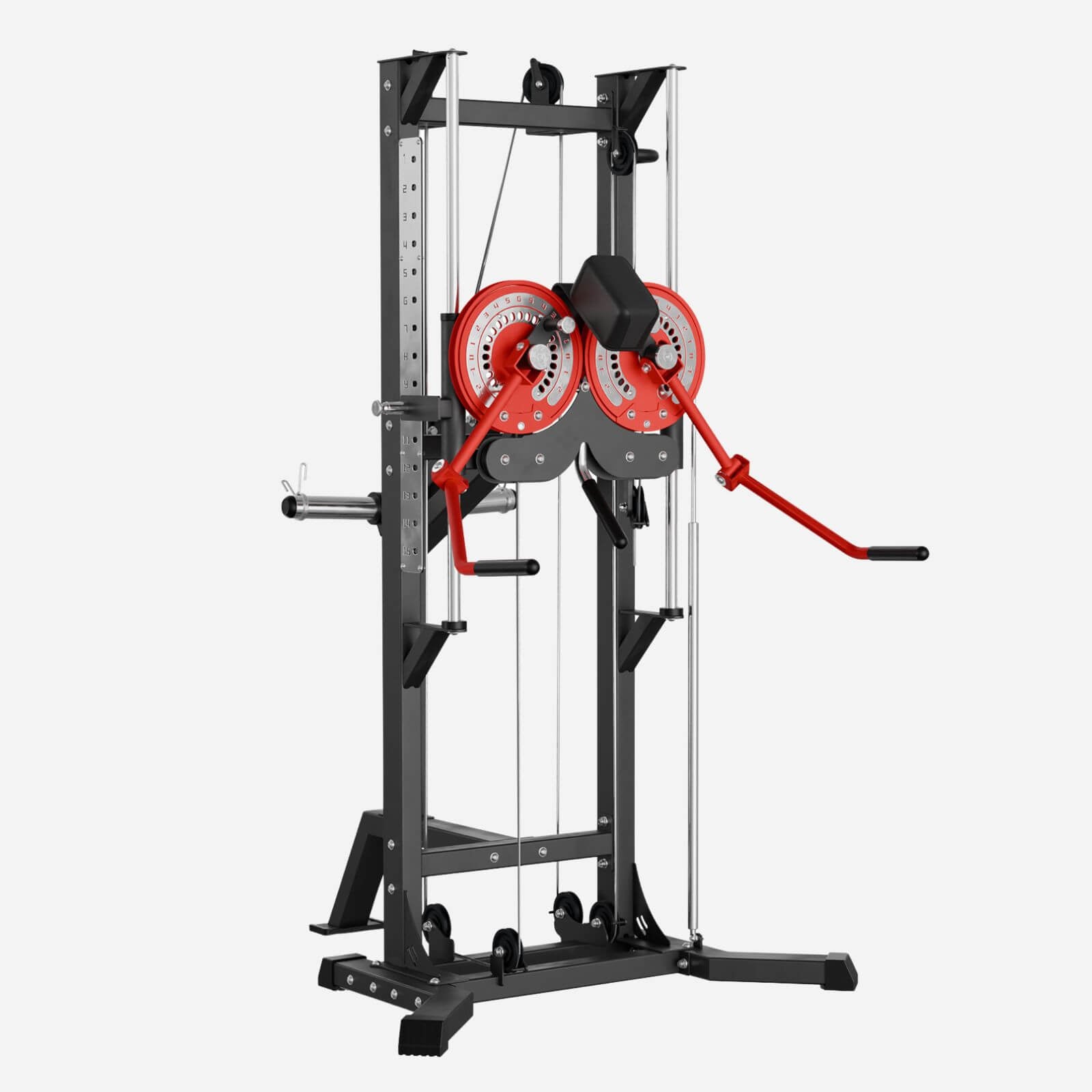
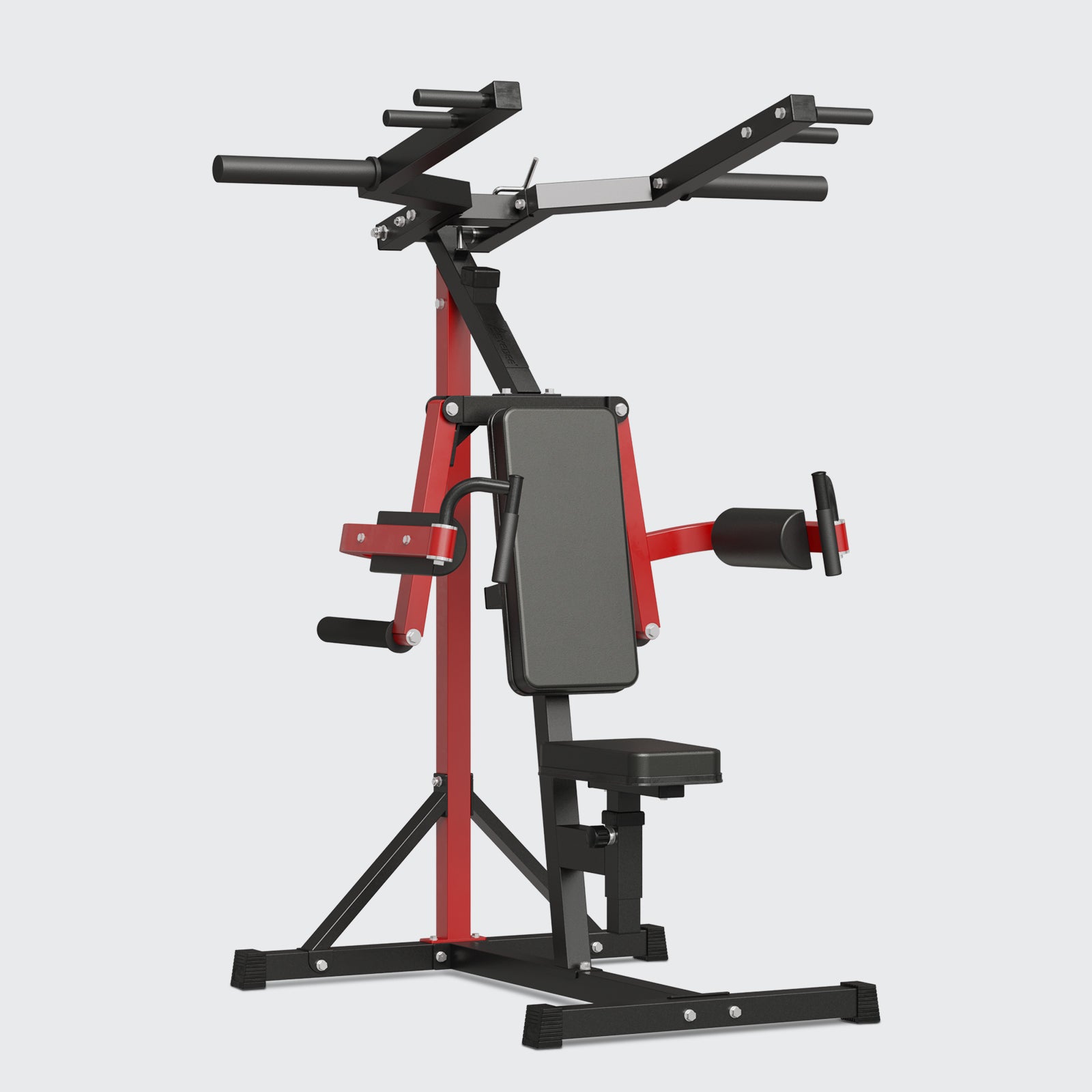
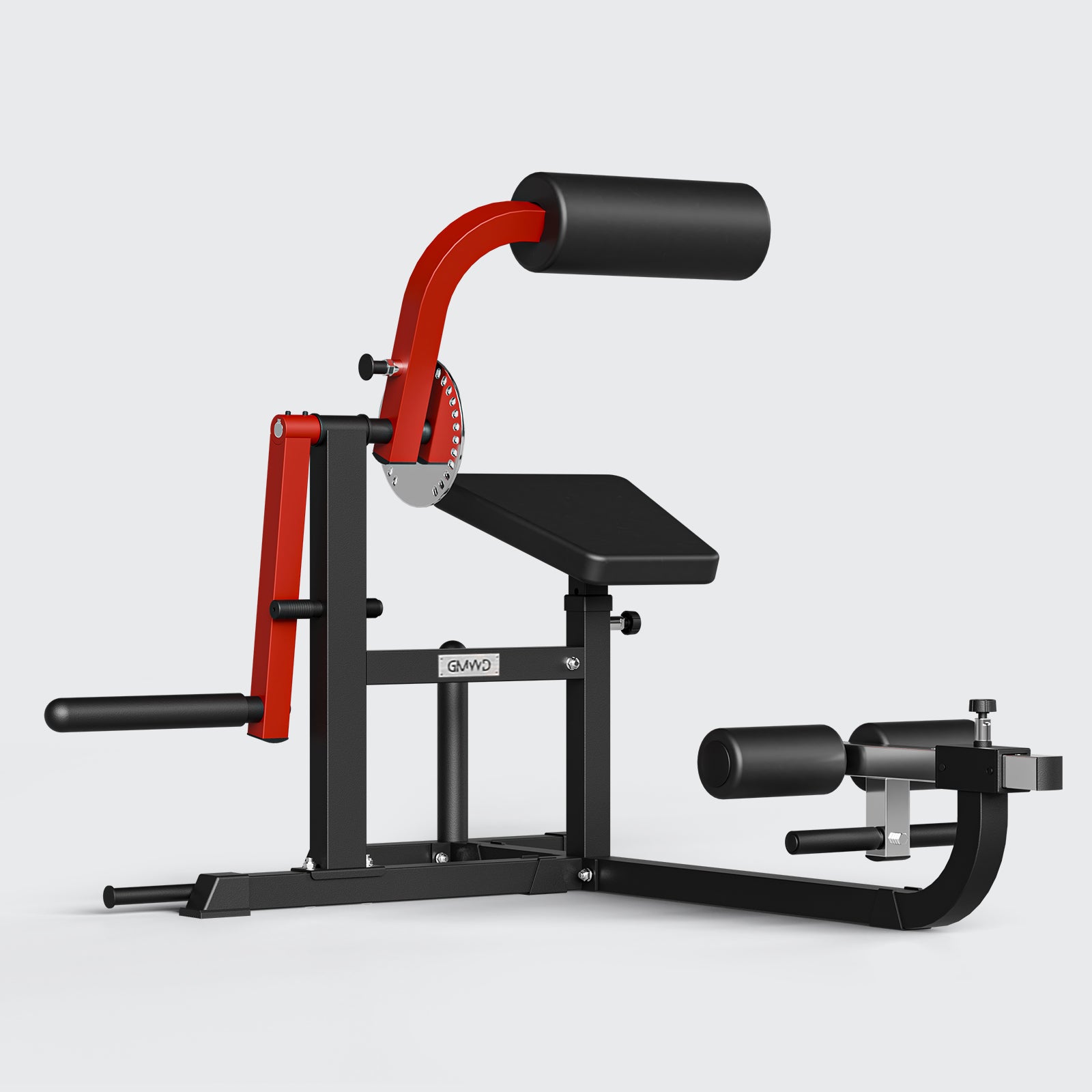
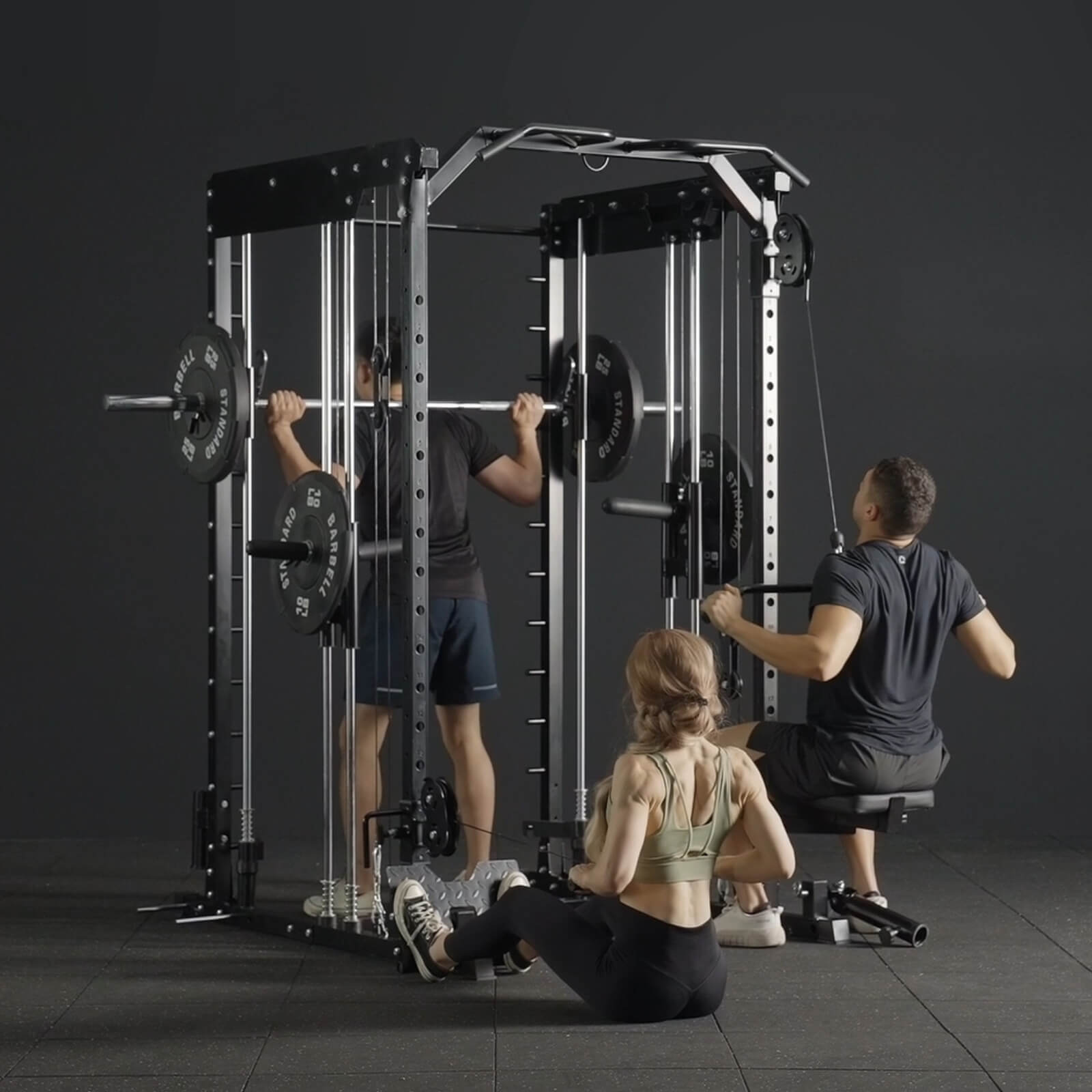
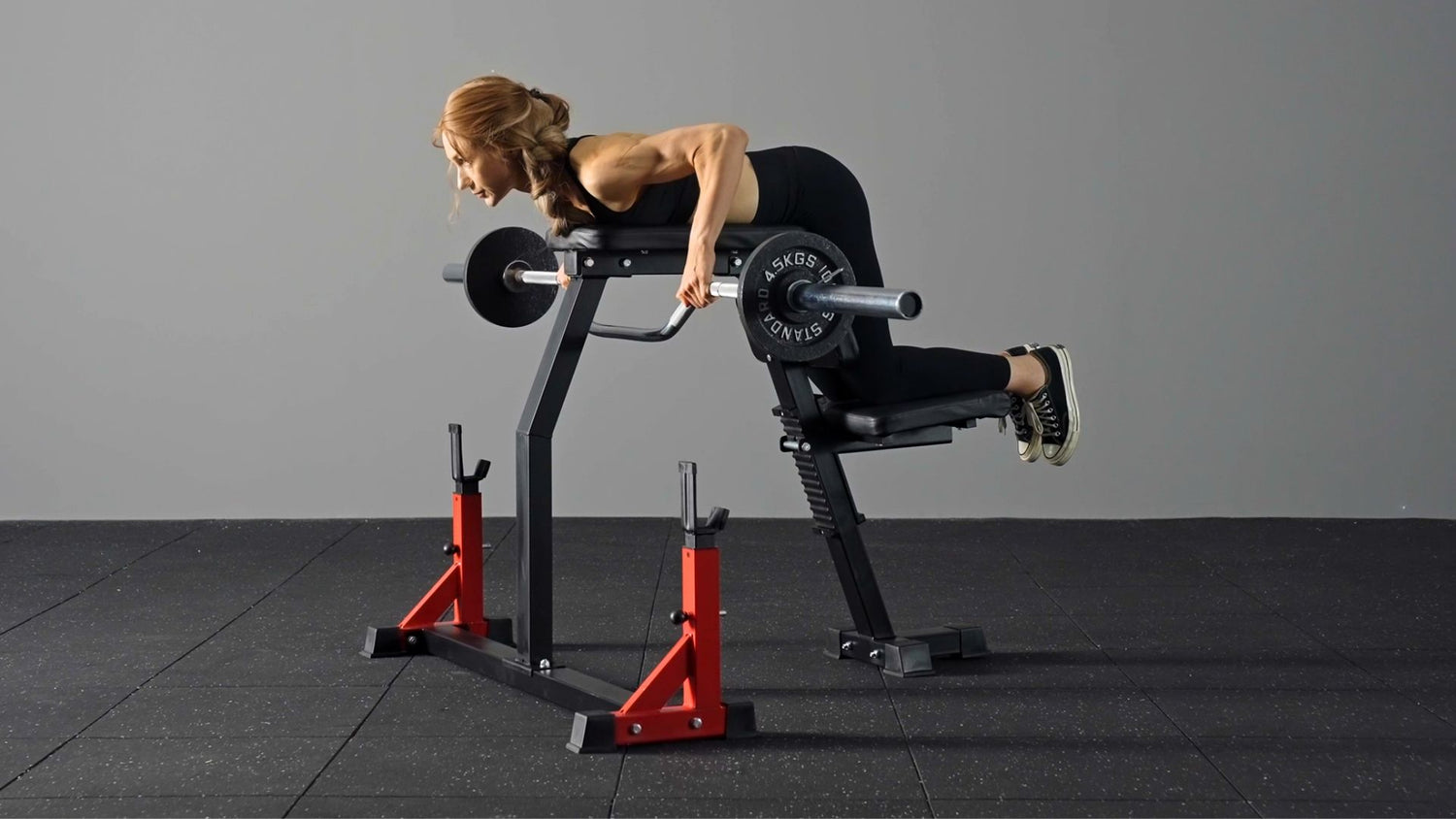
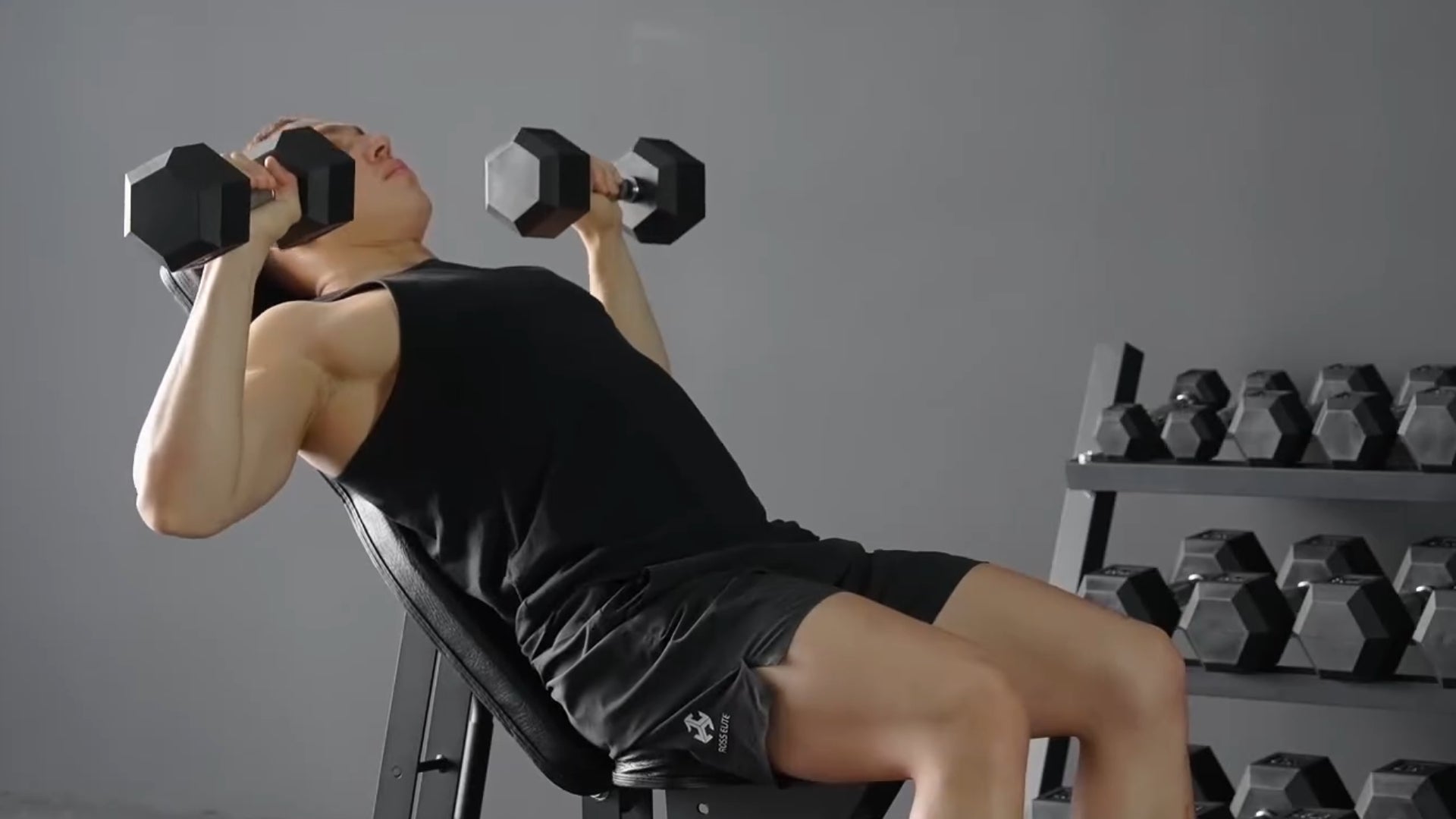
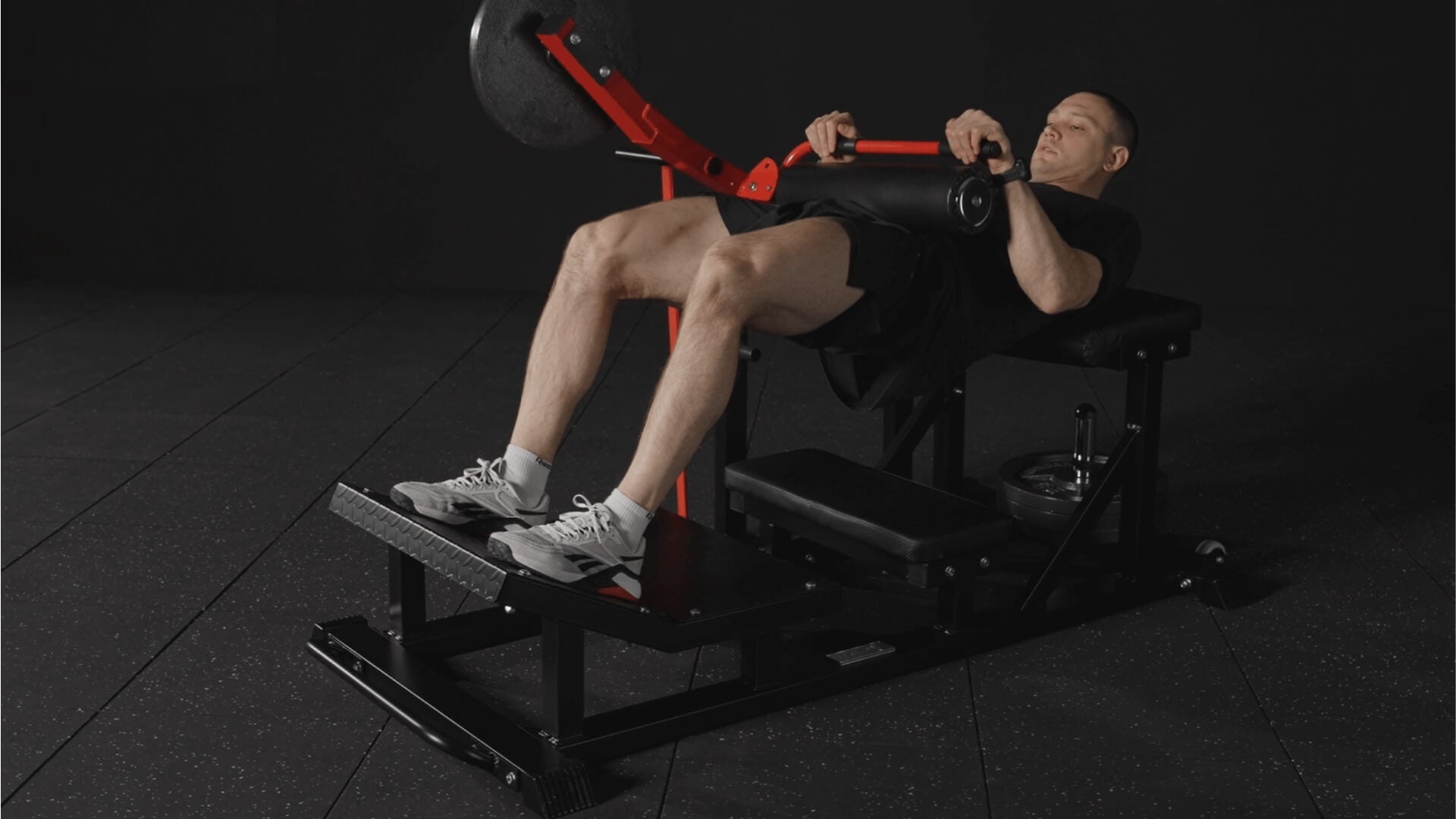
Leave a comment
All comments are moderated before being published.
This site is protected by hCaptcha and the hCaptcha Privacy Policy and Terms of Service apply.